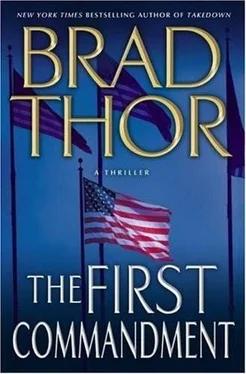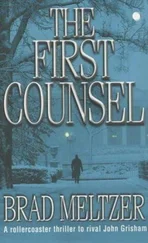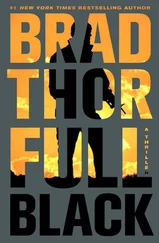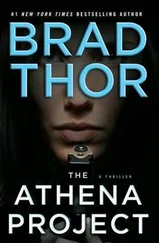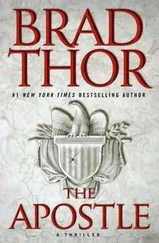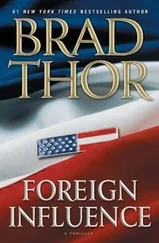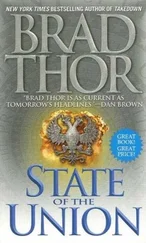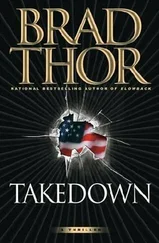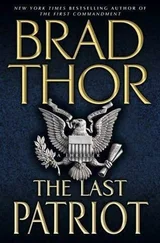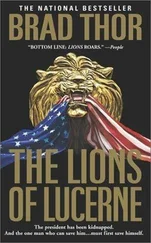Tim Finney always had his eyes on the next mountain he wanted to climb, and if the mountain proved too difficult, he had a backup plan and another way of tackling it. He was the consummate, always-prepared Boy Scout.
He had worked in the family hotel business for several years and then set out to conquer another dream-establishing his own exclusive five-star resort nestled on more than five hundred extremely private acres in Colorado’s San Juan mountains a half hour outside Telluride. But his dream didn’t end there.
At the resort, Finney created a cutting-edge tactical training facility like no other in the world. It was called Valhalla, after the warrior heaven of Norse mythology.
Finney brought in the best set, sound, and lighting designers from Hollywood to create the most realistic threat scenario mock-ups ever seen. And then he did something extremely revolutionary; he opened it up not only to high-end military and law enforcement units, but also to civilians. He even advertised in the Robb Report, and that advertising, as well as the incredible word of mouth from his customers, had paid off, big time. His closely guarded guest registry read like a Who’s Who of corporate America, and of the sports and entertainment worlds to boot.
The success allowed Finney to take Valhalla to a completely different level-a level that was only whispered about in the most secure conference rooms of places like the Central Intelligence Agency, the Delta Force compound at Fort Bragg, and many off-the-books, black ops intelligence units throughout northern Virginia and places further afield.
Those in the know referred to Valhalla ’s spin-off as the dark side of the moon. Hidden well beyond the boundaries of Elk Mountain and Valhalla proper, the spin-off was benignly referred to as Site Six.
It had been called Hogan’s Alley on crack-a reference to the FBI’s mock town at their training academy in Quantico where they staged everything from bank robberies to high-stakes hostage standoffs.
Finney kept a small army of carpenters and engineers on staff around the clock year round. Many of them were ex-Hollywood people looking to get out of show business and put their skills to use somewhere else. The legend was that if you could get Tim Finney satellite imagery of your target, he could have a working mock-up built to train on within forty-eight hours, fourteen if time was absolutely crucial and nobody cared about wet paint.
In a low valley secluded by mountains on all sides, Finney’s Site Six team had replicated everything from Iraqi villages to foreign airports, embassies, and terrorist training camps. The detail and scope were limited only by a client’s budget and depth of intelligence regarding the target. And to Finney’s credit, he never allowed budget to dictate the training experience his client’s people would gain at Site Six. Finney was a true patriot and did everything in his power to make sure American military and intelligence personnel had the most detailed and realistic training experiences possible before they went to take down the real thing.
At the end of the day, Finney wasn’t in business to make more money. He already had plenty of it. He was in business to make sure his clients-whether they be guests at his Elk Mountain Resort, shooters who came to sharpen their skills at his Valhalla Training Facility, or real-life warriors who came to practice taking down mocked-up targets at Site Six before going overseas to do the real thing-got the best experience possible.
It was in that last capacity that Harvath had come to be acquainted with Timothy Finney and Valhalla ’s Site Six.
Based on a series of aerial photographs taken by a Predator drone aircraft, as well as some covert video shot from the ground, Finney and his team had mocked up a chemical weapons facility in Afghanistan that Harvath had been put in charge of taking out.
Every single member of Harvath’s team credited the training they engaged in at Valhalla and Site Six as having given them the edge that allowed their mission to be successful.
That training, along with Finney’s irreverent sense of humor, had cemented a friendship between them that had garnered Harvath not only a standing invitation to join the Valhalla/Site Six instructor team, but also a standing invitation to stay at the resort if he ever needed to get away from D. C. and his life as an overworked counterterrorism operative for the U. S. government.
Though Harvath probably could have used a five-star vacation right now, that was not the reason he was standing on the sidewalk outside the Montrose, Colorado, airport. He was here because in Timothy Finney’s never-ending quest to create more thorough experiences for the warriors who trained at Valhalla and Site Six, he’d recently developed an entirely new program that was once again making him the talk of the American intelligence community.
As he drove, Finney reached behind his seat, pulled a cold beer from a cooler in back, and offered it to his guest.
Harvath shook his head no.
“I guess I’ll cancel the dancing girls too, then,” said Finney as he put the beer back.
Harvath didn’t respond. His mind was a million miles away as he pulled his BlackBerry from its holster and checked it again for messages. He’d given Tracy ’s father and her nurses his number in case anything changed. He’d also explained to Bill Hastings, as best he could, why he had to leave.
Remembering that cell phone reception at the resort was notoriously spotty, Harvath was wondering if he should have given them that number too when Finney asked, “Do you want to eat when we get in, or do you want to get right down to business?”
“Let’s eat after,” said Harvath as he tucked his BlackBerry away. “Then nobody will have to stay late on my account.”
Finney chuckled. His laugh, like his voice, was in keeping with the rest of his massive stature-a rich basso profundo. “We work the Sargasso staff in three shifts around the clock.”
“Business is that good, huh?”
Finney laughed again. “I keep saying heaven forbid peace should break out any time soon.”
“Don’t worry,” Harvath replied as he stared at the reflection of himself cast against the passenger window and the ever-darkening sky. “It won’t.”
They made small talk the rest of the way to the resort. Finney knew Harvath well enough to know that if he wanted to talk about what had happened to Tracy he’d be the one to bring it up.
Harvath didn’t, so they talked about everything else but.
Approaching the main gates for Elk Mountain, Finney radioed ahead to the guardhouse that he was coming in “plus one.”
Though the guards knew their boss and his vehicle by sight, they still stopped the Hummer, recorded its arrival, checked it over thoroughly, and then waved it on through. Harvath had always been impressed with the level of security at Elk Mountain.
At the main lodge, Finney stopped to pick up his director of operations, Ron Parker. He was a lean man with a goatee, in his late thirties, who stood about five-foot-ten.
Climbing into the backseat, Parker removed a Coors from the cooler, reached around, and punched Harvath in the left arm. “Good to see you,” he said.
Looking up, he could see Finney’s raised eyebrows in the rearview mirror. “What?” he asked.
“Do you think that behavior is appropriate?” replied Finney.
Parker leaned between the front seats as he popped the top from his beer and asked, “It’s your other shoulder that got messed up, right?”
Harvath nodded. “My left’s fine. Don’t worry about it.”
Parker smiled, sat back, and took a long pull from his beer.
“You know that’s not what I’m talking about,” replied Finney. “Right?”
Читать дальше
